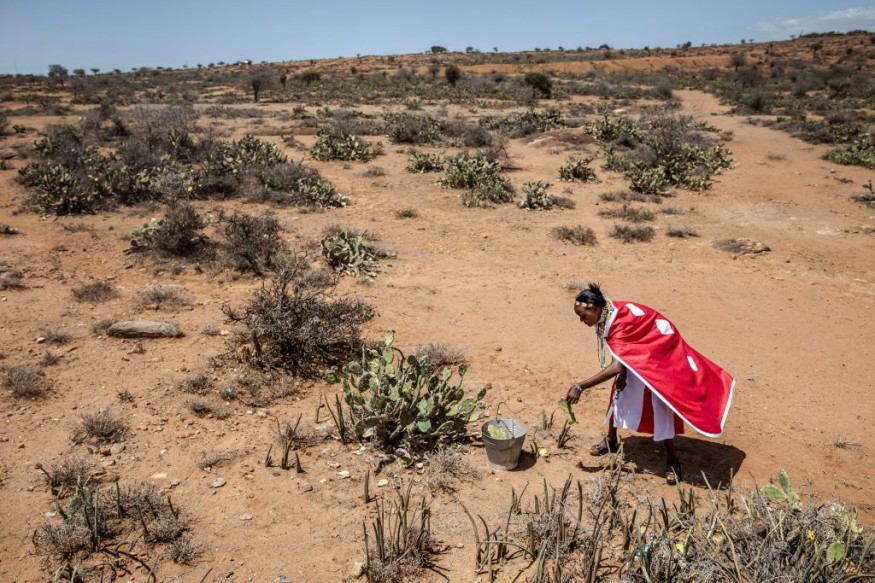The latest research discovered that humans helped to contribute to the colonization of plants in the Mediterranean ecosystems. The threat of invasive species can threaten wildlife and disrupt the environment.
Researchers have been finding ways to prevent the spread of invasive species and animals. They are considered a threat to native wildlife and can endanger their survival, according to the National Wildlife Federation.
Invasive species can move and spread in an instant. As a result, management and mitigation are essential to control the emergence of invasive animals. Predators also help to stop invasive animals.
The recent reports also warned that they can disrupt the food web, ecosystems and soil chemistry. Experts also removed the potential invasive plants or animals to avoid disrupting the native species.
Human Contribution to the Spread of Invasive Species

A recent study observed the emergence of invasive species success in the Mediterranean ecosystems. The research findings were published in the Trends in Plant Science journal. Researchers emphasized invasive species destruction could become more challenging.
The long-term seedbanks can help propagate the success of invasive plants. Researchers analyzed the Opuntia, Carpobrotus, Acacia and Agave. According to Professor Sergi Munné-Bosch, the invasive species managed to establish better lives in areas in the Mediterranean. Professor Sergi is also from the Institute for Research in Nutrition and Food Safety (INSA) of the University of Barcelona.
The researcher also noted that the invasive species can create feedbacks that can last for years. It will become a problem in the future despite continuous mitigation control.
Invasive species can likely outcompete other native species and bring potential diseases or viruses. Human activities have greatly contributed to the spread, from traveling to transporting goods in crates or palettes.
Furthermore, human contributions can allow the propagation of invasive species in their gardens or tourism. The reintroduction of new animals can have a significant impact on wildlife, and careful consideration is needed before implementing new policies.
Threat of Invasive Species in the US
In the US, authorities are on alert to prevent the arrival and repopulation of many invasive species. It will save us from economic and environmental loss. Researches are conducted to better understand the ecology and impacts of invasive species.
In California, people can see different invasive species. Because of the region's climate and environmental conditions, different invasive animals have surfaced.
Some of the invasive species are the following:
- Chinese Mitten Crab
- Dyer's Woad
- Brown-Headed Cowbird
- American Bullfrog
- Purple Loosestrife
Related Article : Widespread Microplastics Threatened Gold Fish, Marine Ecosystems, New Report Shows
For more similar, don't forget to follow Nature World News.
© 2025 NatureWorldNews.com All rights reserved. Do not reproduce without permission.





